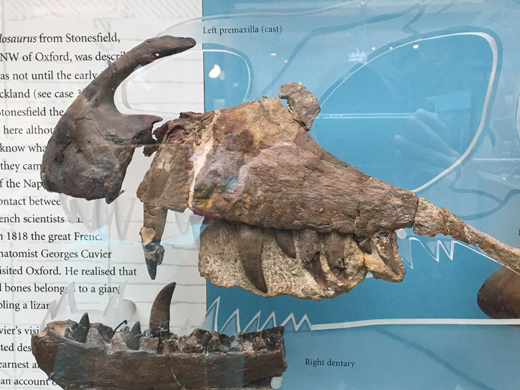Remembering the Remarkable Dr William Buckland (1784 -1856)
Died this Day – Dr William Buckland
The Very Reverend Dr William Buckland died this day (14th August) in 1856. He was an English clergyman (became Dean of Westminster in 1845), geologist and scientist who dedicated himself to the study of geology and to the fossil bones that were being found in various parts of England. Many academics at the time, postulated that these bones represented animals that had perished in the Biblical flood. Indeed, Buckland’s early work focused on the study of such bones that had been found in cave deposits. In 1823, his first great work “Observations on the Organic Remains contained in caves, fissures and diluvial gravel attesting the Action of a Universal Deluge”, covered his study of the remains of prehistoric Hyenas and other such creatures. My, how the Georgian’s liked to have snappy titles for their published work.
Dr William Buckland
Perhaps, William Buckland is best remembered for being tasked with describing and naming a prehistoric creature from a large fossilised jawbone. He was asked to study the fossilised remains of a large, unknown animal whilst he was the first Professor of Geology at the University of Oxford. This animal was to be named Megalosaurus (Megalosaurus bucklandii). It has the distinction of being the first dinosaur named (1824), although the name Megalosaurus “Big Lizard”, was first used by James Parkinson and the Dinosauria was not classified as a particular Order in the Class Reptilia until the 1840s.
Megalosaurus Fossil Material (Skull and Jaws)

A view of the skull and jaw material associated with the first dinosaur to be scientifically described (Megalosaurus). Picture credit: Everything Dinosaur.
Picture credit: Everything Dinosaur
Regarded as an eccentric, we think that William Buckland is credited with the naming of fossilised faeces as coprolites. In other words, he was one of the first people to study fossilised poo, examining a number of coprolites that had been found in association with ichthyosaur remains on the English south coast.
To view models and replicas of Megalosaurus and other dinosaurs: Dinosaur Models – Natural History Museum Replicas.

